Explore
Hot Topics
Milestones
Important topics
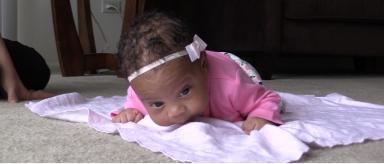
Tummy Time
Tummy Time
Tummy Time
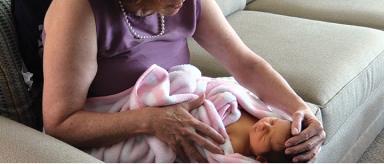
Massage+ 30, 10, 5
Massage+ 30, 10, 5
Massage+ 30, 10, 5
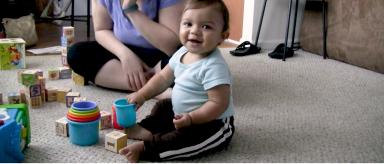
Play
Play
Play
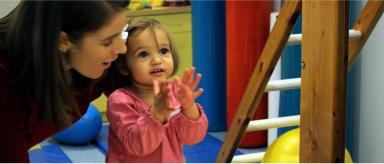
Social Emotional
Social Emotional
Social Emotional
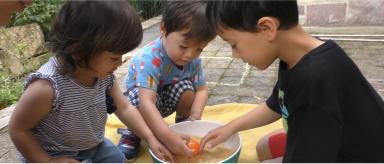
Executive Function
Executive Function
Executive Function
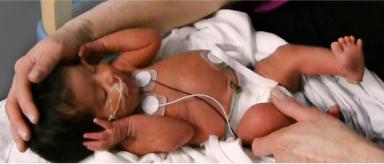
Baby in the NICU
Baby in the NICU
Baby in the NICU
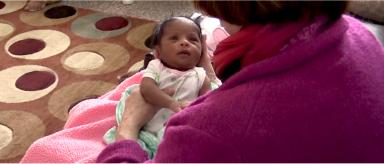
Prematurity
Prematurity
Prematurity

Baby Missing a Milestone?
Baby Missing a Milestone?
Baby Missing a Milestone?
Sections
More resources
New on Pathways.org
See the latest articles and videos for parents like you.
Today's glossary term
Semi-Supine
Lying on one’s back with both legs flexed and feet flat on the floor.





